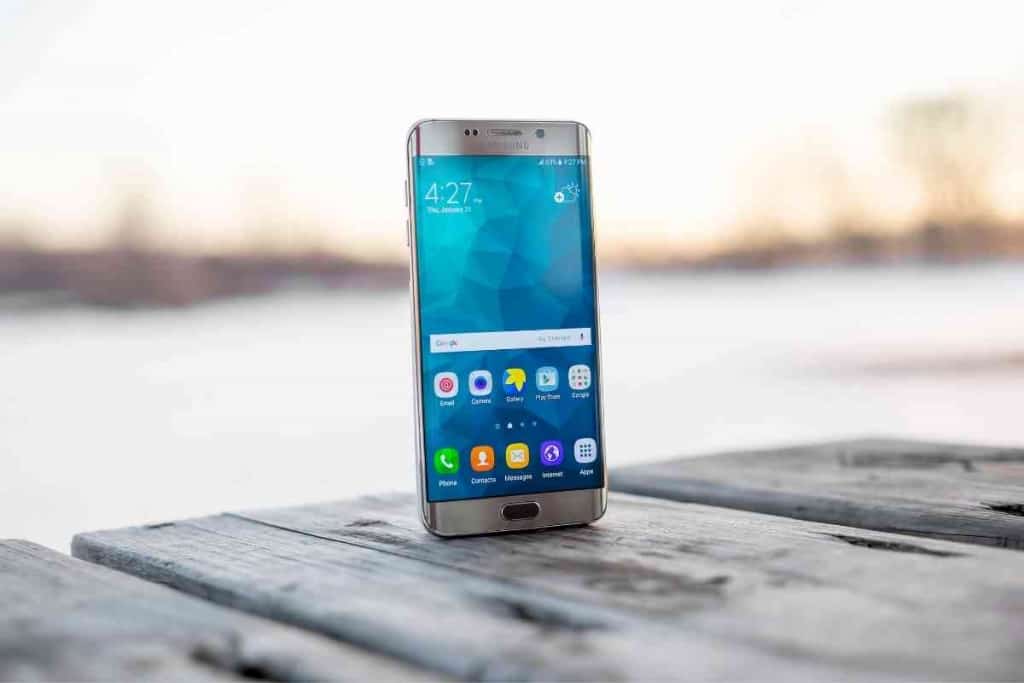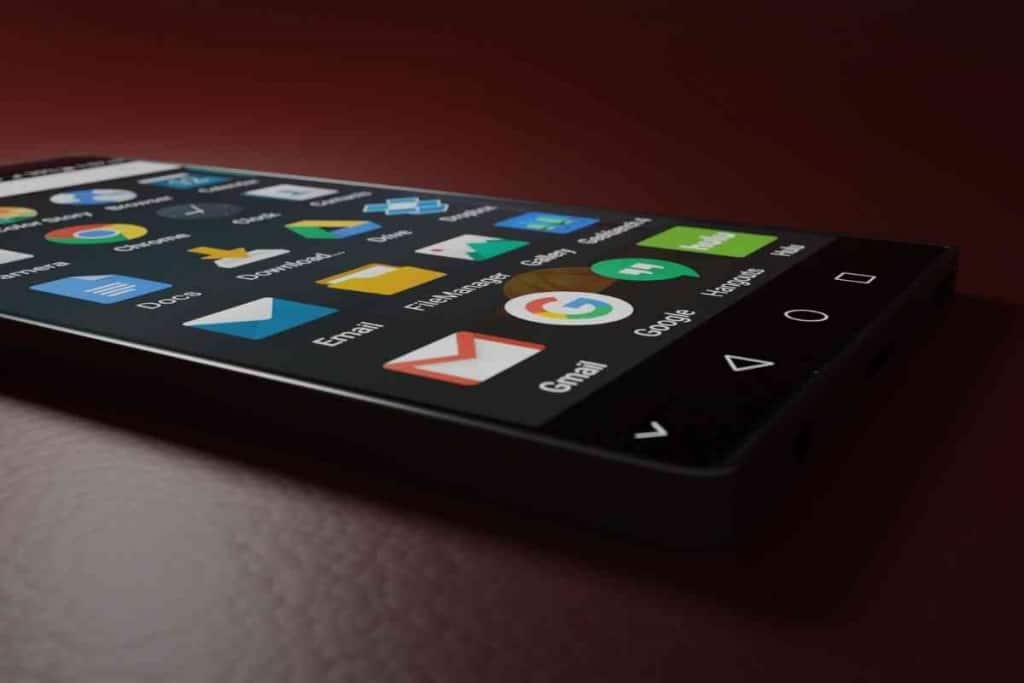How Long Do Android Phones Last? Increase Its Longevity!
There is no question that Android phones are popular. But how long do they last? And just as importantly, what can you do to make them last longer? Here we will review some of the factors that affect the lifespan of your Android phone and offer tips on how to keep it going as long as possible.

Table of Contents
- How Long Do Android Phones Last and What Factors Affect Their Lifespan?
- Steps to Make Your Android Phone Last Longer
- Tips For Taking Care Of Your Android
- How to troubleshoot common problems with Android phones
- What to do when your Android phone dies
How Long Do Android Phones Last and What Factors Affect Their Lifespan?
Factors that affect an Android phone’s lifespan include the quality of the hardware, the type of processor, the amount of RAM, and the operating system. In general, high-end flagship models will last longer than budget or mid-range phones. That said, even the Androids will start to show their age after around three years of use.
Android phones have come a long way in recent years, and today’s models are more powerful and feature-rich than ever before. However, all smartphones have a finite lifespan, and eventually, they will start to slow down and become outdated.
One way to help extend the lifespan of your Android phone is to regularly update the operating system. Google releases new versions of Android on a yearly basis, and each one brings significant performance improvements. By keeping your phone up-to-date, you can ensure that it will continue to run smoothly for years to come.
Steps to Make Your Android Phone Last Longer
Over time, even the best smartphones can start to show their age.
But there are a few things you can do to help keep your Android phone running like new for longer. One of the most important things you can do is to keep your phone up-to-date with the latest software updates.
Not only do these updates often include new features and improvements, but they also help to fix any security vulnerabilities that could leave your phone open to attack.
Another way to improve the security and performance of your phone is to be mindful of the app permissions you grant. When you install a new app, it will usually ask for permission to access certain parts of your phone, such as your camera or contacts list.
While it’s tempting to just click “allow” without giving it much thought, it’s important to be selective about which apps you give access to.
Only grant permission to apps that you trust, and be sure to revisit these settings from time to time in case anything has changed. As your phone fills up with photos, apps, and other data, it can start to slow down.
One way to help keep it running smoothly is by regularly deleting any unnecessary files and uninstalling any apps that you no longer use.
You should also consider moving any large files, such as videos or high-resolution photos, onto a computer or cloud storage service.
By freeing up storage space on your phone, you can help improve its performance and extend its lifespan. The following measures can go a long way towards keeping your Android phone running like new for longer: installing software updates, being mindful of app permissions, and freeing up storage space.
By taking these steps, you can help ensure that your phone stays fast and secure for years to come.

Tips For Taking Care Of Your Android
As anyone who has ever had their phone die in the middle of a busy day knows, taking care of your Android device is important. Fortunately, there are a few simple steps you can take to extend the life of your battery and keep your phone running smoothly.
First, it’s important to avoid excessively high or low temperatures.
Extreme heat or cold can damage your battery and reduce its lifespan over time. Second, be sure to charge your phone regularly and avoid letting it drain completely before recharging. It’s also a good idea to unplug it once it reaches 100%.
Finally, be sure to keep your software up to date, as new updates often include bug fixes and performance improvements. By following these simple tips, you can help keep your Android phone in good condition for years to come.
How to troubleshoot common problems with Android phones
From battery life issues to screen glitches, there are a number of things that can go wrong with these devices. However, there are also a few simple troubleshooting steps that can help to fix the most common problems.
One of the most common issues that users face is poor battery life. If your phone seems to be dying quickly, there are a few things that you can do to improve the situation.
First, try reducing the brightness of your screen and turning off any unnecessary features. Additionally, make sure that you are only downloading apps from trusted sources and deleting any apps that you no longer use.
Finally, if all else fails, consider investing in a new battery.
Another issue that users often face is slow performance. If your phone is lagging or freezing, there are a few steps that you can take to speed things up. First, try restarting your device. If that doesn’t help, then try clearing your cache and data. You can also try uninstalling any unnecessary apps or updates.
If these troubleshooting steps don’t work, then you may need to factory reset your phone.
These are just a few of the most common problems that users face with their Android phones. However, by following these simple troubleshooting steps, you should be able to fix most problems on your own.
What to do when your Android phone dies
When your Android phone dies, there are a few things you can do to try and revive it. First, make sure the phone is fully charged. If the battery is completely dead, it may take a few minutes for the phone to start charging.
Once the phone is plugged in, try holding down the power button for 30 seconds. If that doesn’t work, try taking the battery out and putting it back in.
If the phone still doesn’t turn on, there may be a problem with the hardware. In that case, you’ll need to take it to a repair shop or buy a new phone.